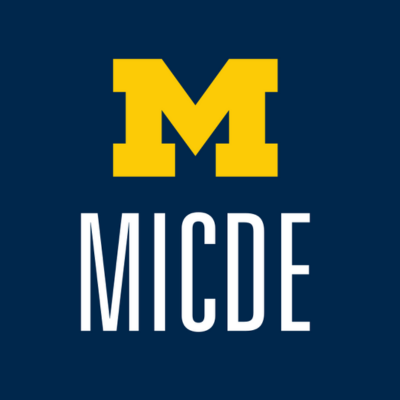
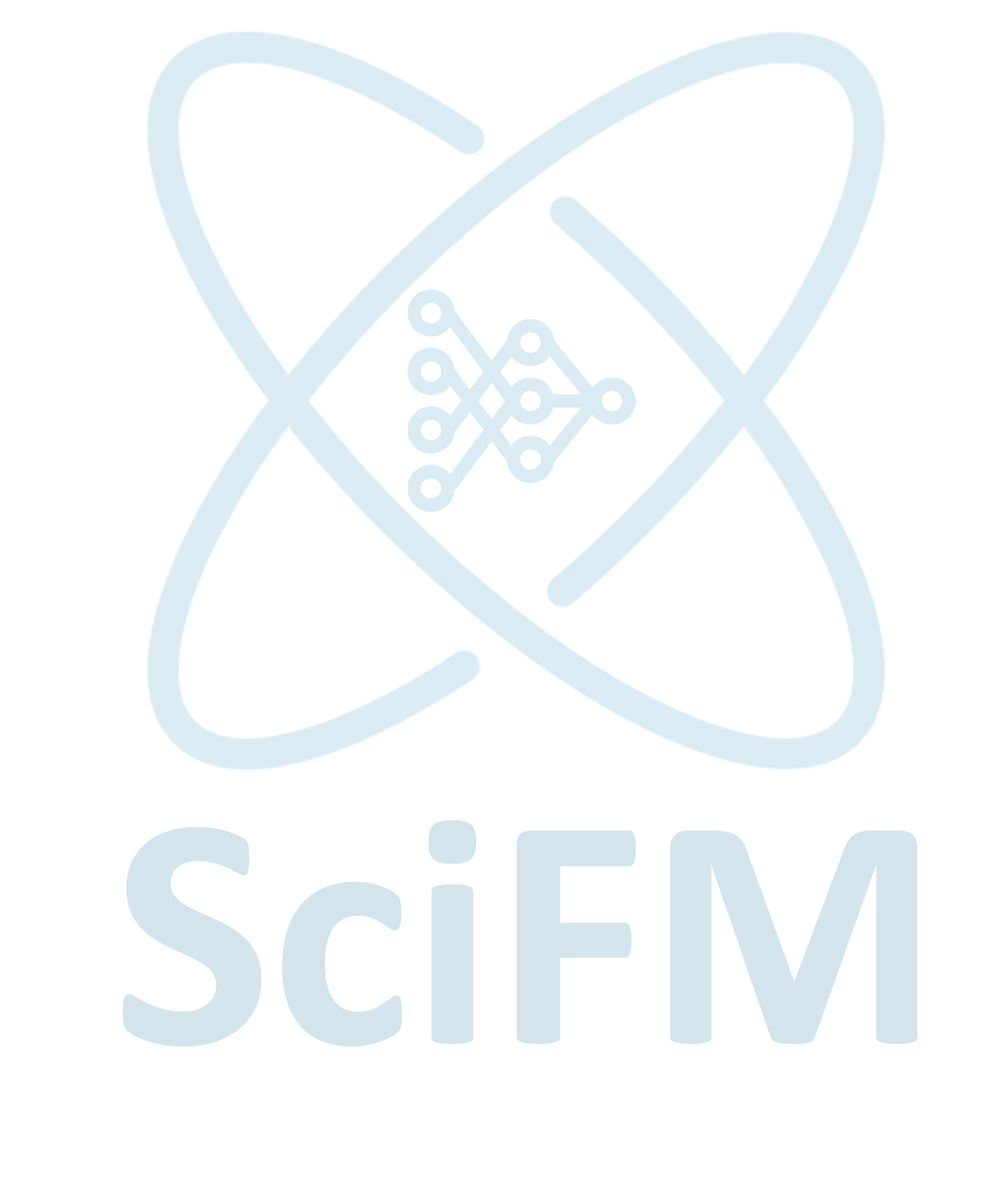
LLM Agents
Autonomous agents that think, plan, and compute like experts.
The search for next-generation batteries, catalysts, and alloys depends on Density Functional Theory (DFT) — one of the most accurate ways to predict material properties. But DFT is notoriously demanding: every calculation can take hours, and even experts spend years learning to set parameters, test convergence, and fix subtle errors.
DREAMS is a hierarchical, multi-agent framework that couples large language model (LLM) reasoning with scientific tools, enabling autonomous, high-fidelity simulation with minimal human input.
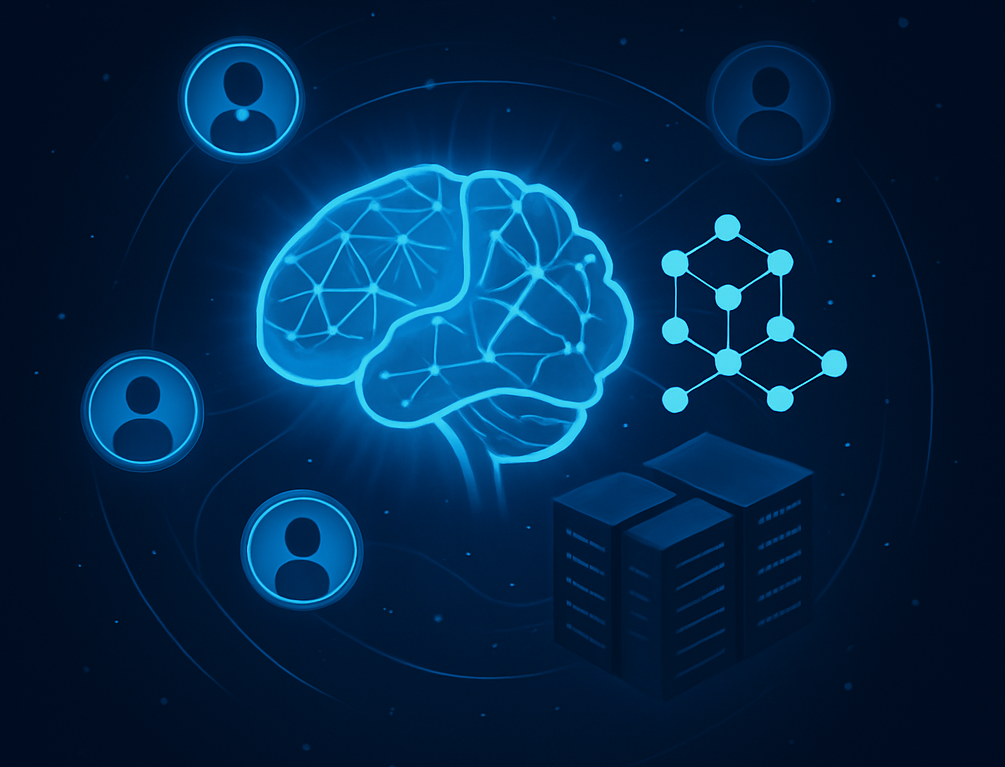
Traditional computational workflows are static — scripts that execute predefined tasks. They cannot adapt, reason, or recover from unforeseeable failure. DREAMS transforms this process into a coordinated team of specialized agents, each handling a core aspect of the research cycle — planning, simulation, resource allocation, convergence handling, and data exchange.
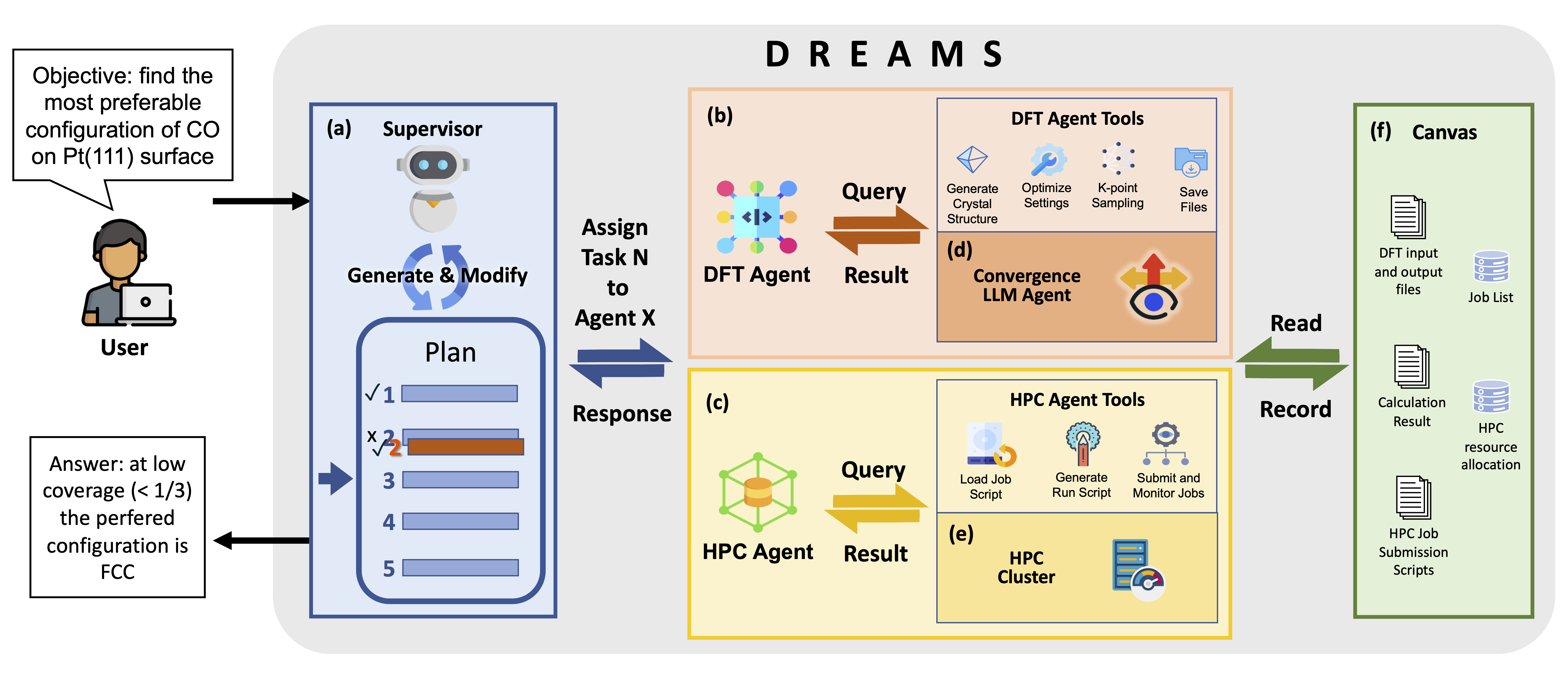
We evaluated DREAMS on three canonical challenges in computational materials science, demonstrating expert-level fidelity without human-in-the-loop steering.
| Structure | Systems | # of correct structures | MAPE | k-point range | ecutwfc |
|---|---|---|---|---|---|
| BCC | Li, Na, K, ... | 11/11 | 0.36% | 8–16 | 40–70 |
| FCC | Rh, Ir, ... | 12/12 | 0.51% | 8–18 | 40–70 |
| DIA | C, Si, Ge, ... | 4/4 | 1.00% | 6–8 | 40–70 |
| Supercell | $\theta$ (ML) | XC | Agent Team | Human Expert | Literature |
|---|---|---|---|---|---|
| 2 × 2 | 1/4 | PBE | 0.104 | 0.108 | 0.10–0.24 |
| 2 × 2 | 1/4 | LDA | 0.318 | 0.320 | 0.32–0.45 |
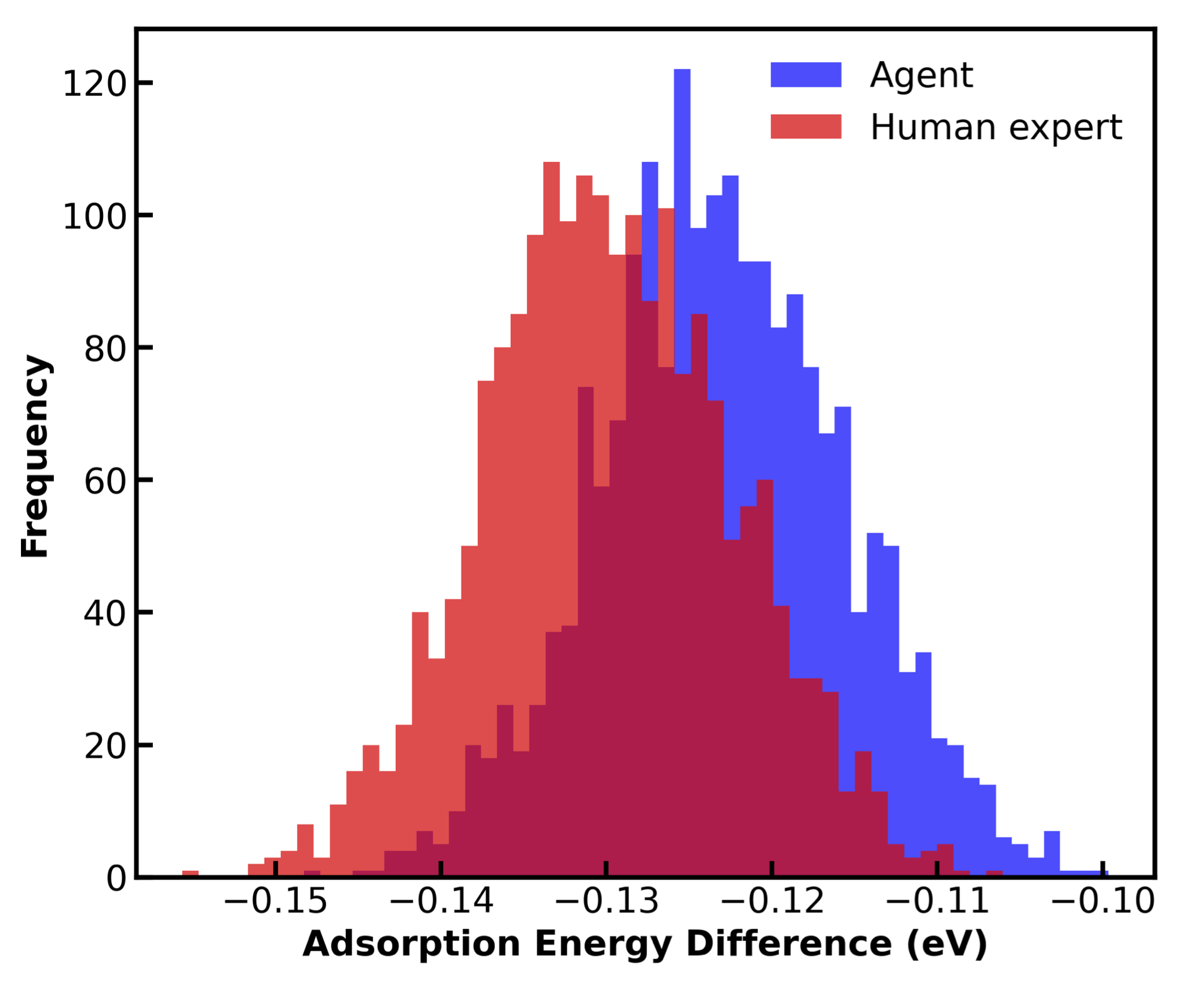
Together, these results showcase autonomous exploration of material design spaces, representing a major step toward self-driving computational science.
Beyond DFT, DREAMS represents a template for agentic science. Its architecture generalizes to molecular dynamics, Monte Carlo, and generative materials discovery. By coordinating reasoning, computation, and error recovery through a shared Canvas, DREAMS moves beyond automation to genuine scientific cognition.
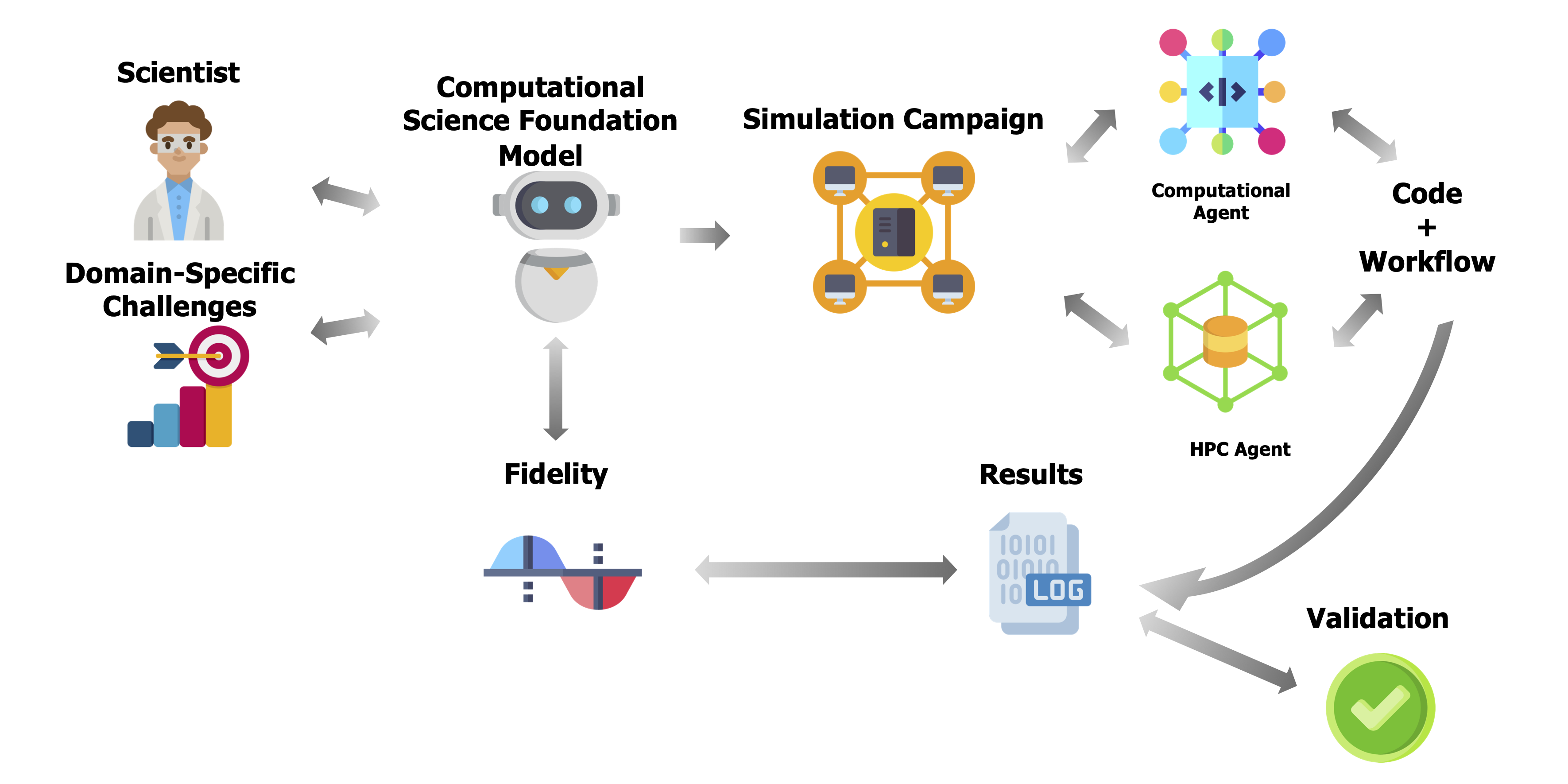
DREAMS bridges three worlds:
It transforms how scientific computation is performed — from manual scripts to intelligent, adaptive agents that learn and reason with physics in mind.